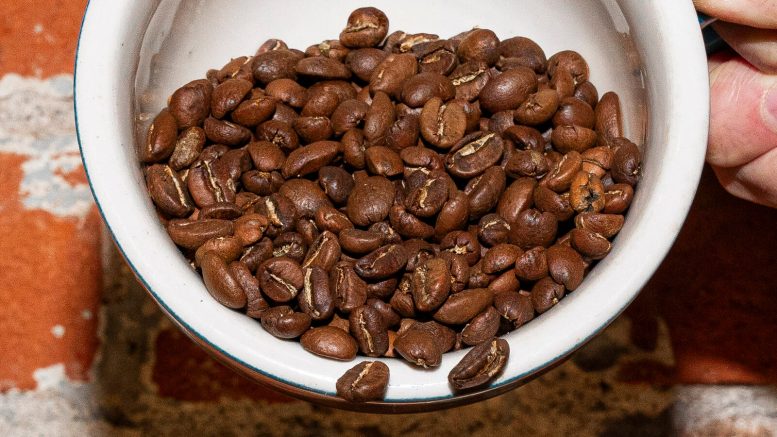“Prices remain high due to concerns about a limited supply for the next season…”
Eduardo Carvalhaes Jr. is a partner at Escritório Carvalhaes – Corretores de Café, a consulting firm which operates in the areas of brokerage, market reports, approval of samples and shipments, also providing services related to coffee exports.

Eduardo Carvalhaes Jr., partner at Carvalhaes – Corretores de Café
AgriBrasilis – What has caused the increase in coffee prices?
Carvalhaes – I can mention two factors: increase in global consumption (around 1.5% per year) and global climate problems. Prices remain high due to concerns about a limited supply for the next season. In recent years, climate problems in the main producing countries have reduced the safety stock levels. This reduction is also associated with high exports and consumption demand.
To put it into context: the biggest frost that Brazil had in the 20th century was in 1975, which caused changes in local coffee farming: this frost opened up the scenario in the State of Minas Gerais, in which farmers from Paraná and part of those from São Paulo went to Minas Gerais. Prices rose sharply in the following two years, breaking records set in 1977 on the stock exchange. We had good stocks at the time, which includes government stocks. This harvest break greatly benefited our competitors in the rest of the world, because it was a localized problem, only in Brazil. Even though it was a local problem, prices rose, as we were already the largest exporter in the world (which has been the case since the end of the 19th century).
Comparing this example with the current situation: Brazil continues to be the largest coffee producer in the world. But unlike 1975, climate problems are now global. Africa has presented climate problems that affect coffee production. The world’s second largest producer of Robusta coffee, Vietnam, is also experiencing climate problems.
Everyone expected a better Brazilian harvest now in 2024, but we had a period of drought during January – March, with very high temperatures, which caused the fruits to grow less. This information points to a significant drop in volume in the next 2025 coffee harvest in Brazil, the largest producer and exporter of coffee in the world, as well as the second largest consumer. In Colombia they also had problems, with too much rain during the season.
AgriBrasilis – Will the coffee price fluctuations continue? Why?
Carvalhaes – There is no way to predict how coffee prices will behave in 2025. There are so many variables that knowing the result of all this is practically impossible. With Trump re-entering the US government, it is not clear exactly what will happen. We have issues such as the appreciation of the dollar in relation to the Brazilian Real, which the exchange rate reaching more than R$ 6 for US$ 1, etc.
Anyone who says they know what will happen is very mistaken, but I imagine that the fluctuations will continue. The keynote of 2024 was a strong fluctuation in the market, in which any new variable made the market rise and fall very suddenly, but, if we evaluate a longer period of time, prices are rising. Stock market operators did not imagine such an increase.
AgriBrasilis – How are stock levels in Brazil and around the world? And what are the expectations for the next season?
Carvalhaes – The basis of this whole coffee price issue is that we don’t have any coffee stocks left. Before, until the 2000s, we worked with very large stocks of coffee. This was comfortable for buyers because, when there was a crop problem, there was coffee saved, even if sometimes that coffee was not of the best quality.
Regarding the harvest, those in the production sector always say that the Conab – Brazilian Supply Company’s numbers are exaggerated, and lower their estimates. Meanwhile, buyers raise the numbers. One side lowers 5 million bags, the other side raises 5 million. It always ends up giving approximately the Conab’s number, in the middle of it. Our shipments are heading towards 50 million bags.
Brazil went from 20 million in 1999 to almost 50 million today. Our stocks ended in 2017, and now Brazil depends on its annual production. Brazil is first in the world in terms of coffee research. We are the most efficient in terms of quality. In the consumer’s mind, the best coffee comes from Colombia and Central America, but this scenario is changing.
We have a different characteristic compared to other coffee producers, which is our consumer market. In other words, the biggest buyer of coffee in Brazil is Brazil. The USA, for example, is the largest importer, followed by Germany, but our largest consumption is local, which guarantees a lot of stability for our coffee production. Brazil consumes approximately 22 million bags per year by a conservative estimate.
READ MORE:

